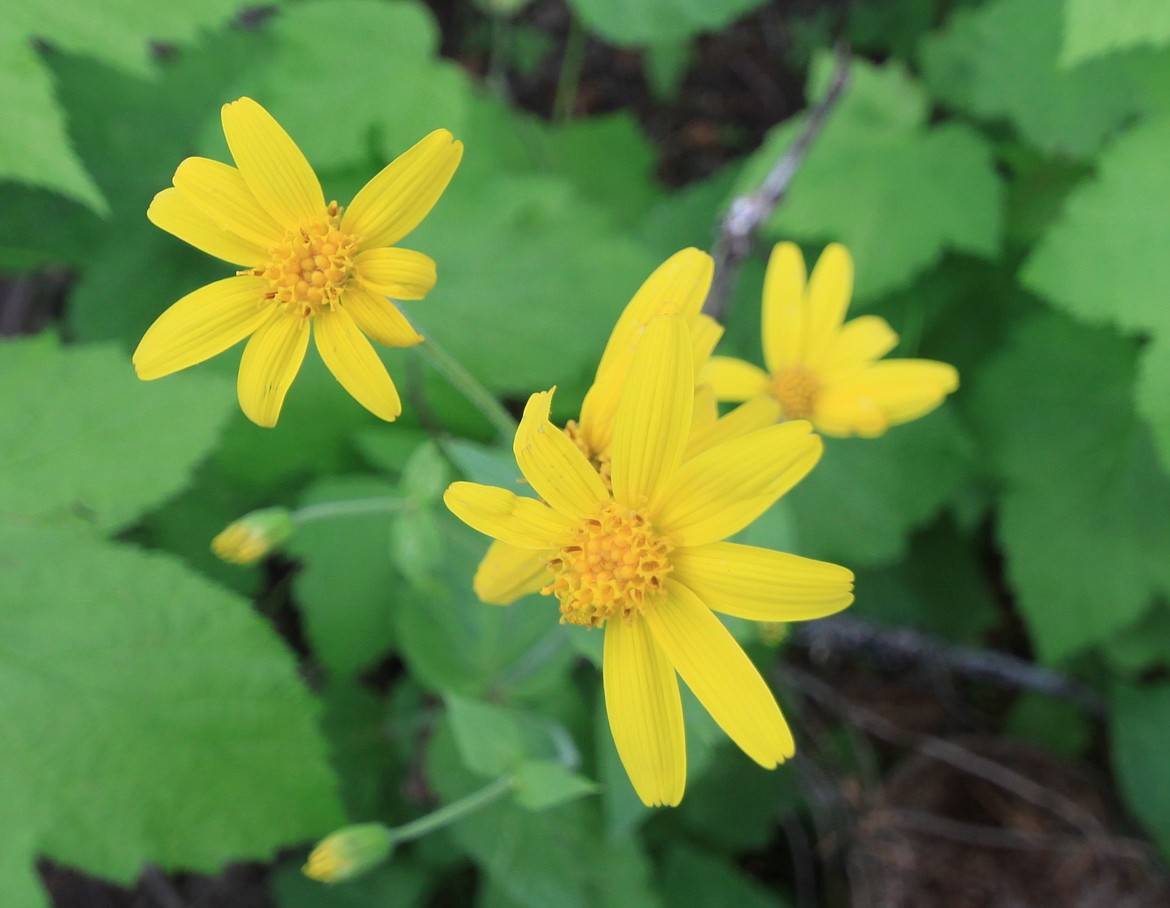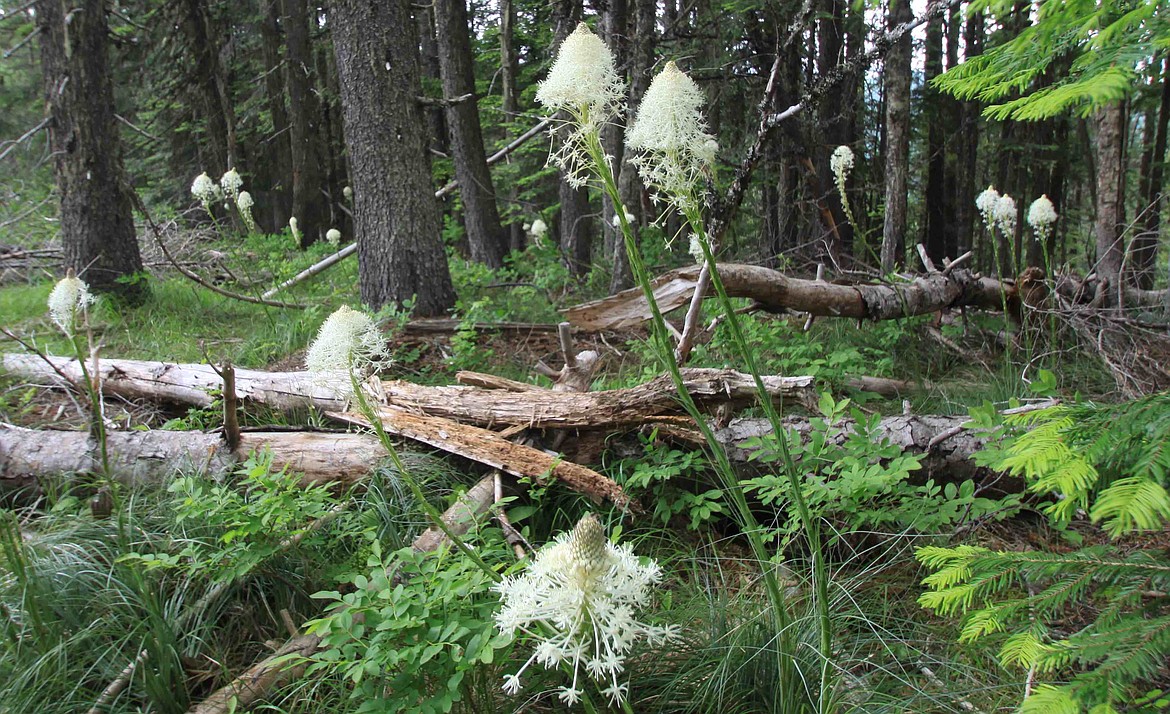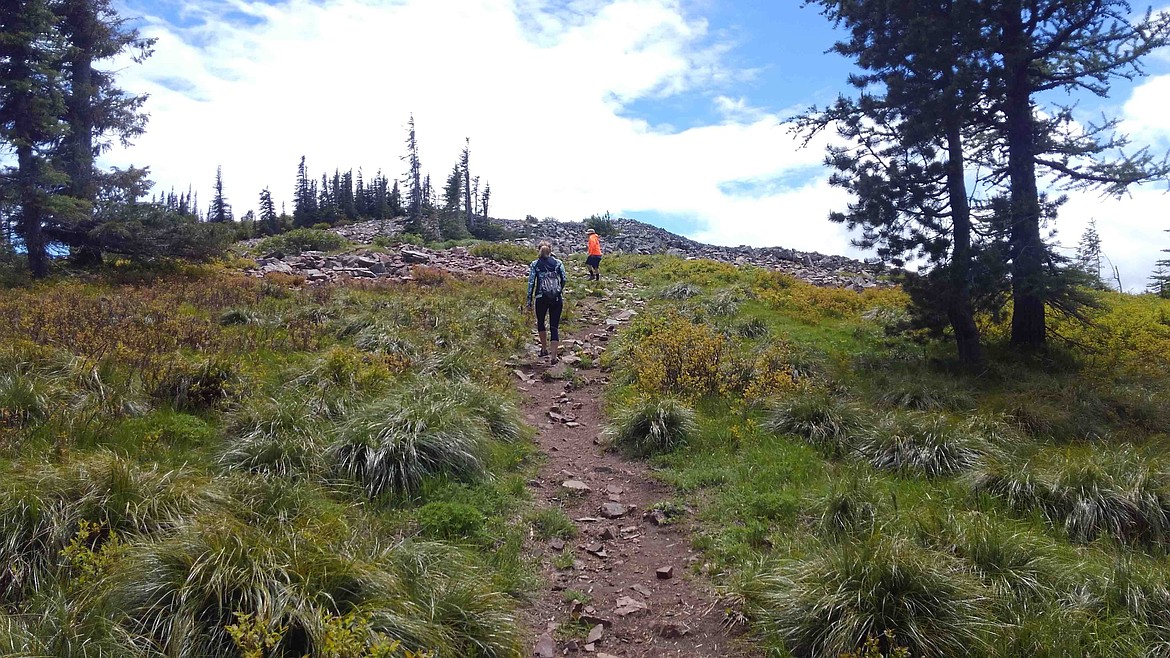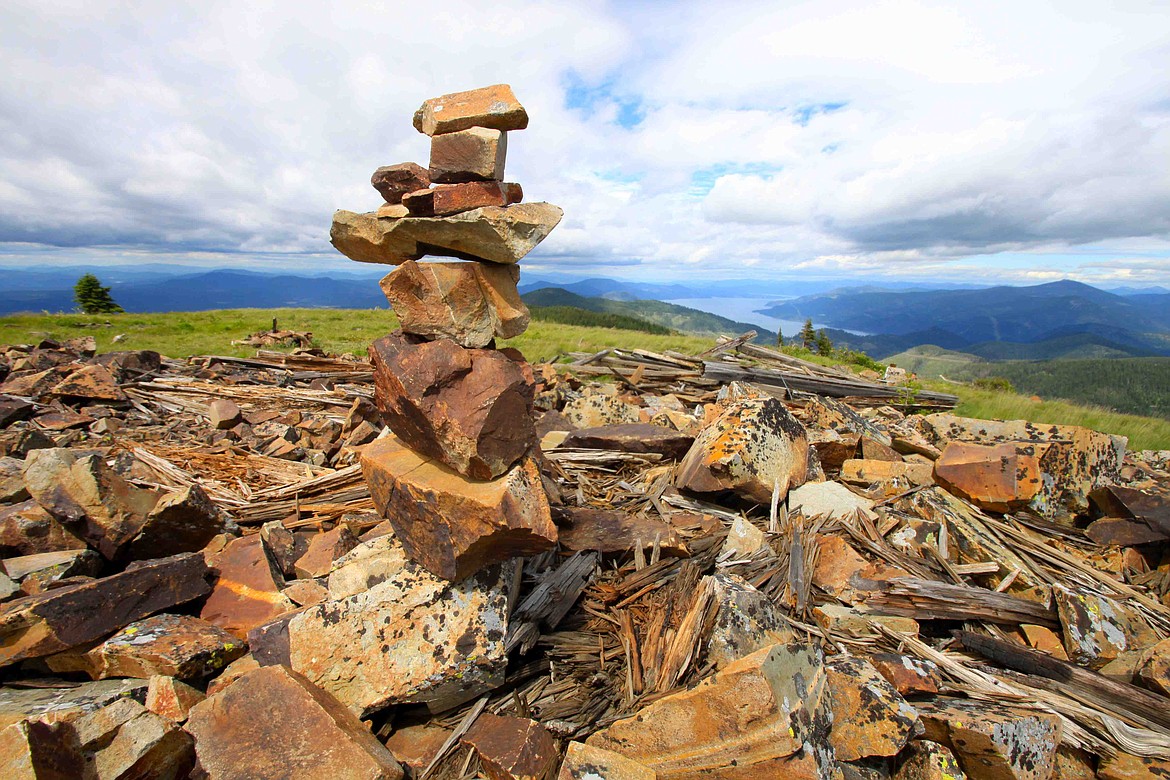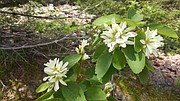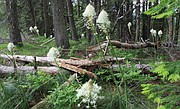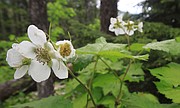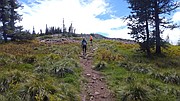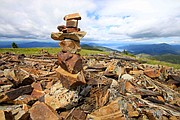Late bloomers
In the mountains of North Idaho this spring, June showers have resulted in ... late June flowers.
It’s often like that, although this year rain, wet fog and occasional snow showers have blanketed North Idaho’s temperate forests longer than usual. The ground has stayed colder and the sky has remained grayer, resulting in a later wildflower push, according to the Forest Service.
“Usually by the end of June, it’s drying out,” Bonnie Thomson of the Fernan office said.
The longer-lasting wet weather this year has made late June the time for vibrant floral displays, instead or late May or early June. Thomson keeps tracks of the blooms and so far this summer, her flower watching has been at a slower pace.
“The flowers we’re seeing now are two or three weeks later than usual,” Thomson said.
Lupine, also called blue bonnet, is among the late bloomers that include a white lily called Kitten Ears. Penstemon — also called beard tongue, which grows as a two-foot stack encircled with purple flowers, and yellow Arnica and Indian Paintbrush can still be found from mid range to higher elevations, Thomson said.
Although flowers such as Arrowleaf Balsamroot, a yellow, sunflower native to region, and purple lupines usually bloom at lower elevations in late May and early June, they can still be found at higher elevations, Shoshana Cooper of the Panhandle district said.
Cooper, an avid mountain biker, spends a lot of time on the trails of Canfield Mountain. One of her favorite western mountain blooms is bear grass, a subalpine plant that is neither grass, nor a favorite food of bears. The white flowers grow in what looks like a round clump at the end of a slim stalk that is wrapped in leaves. Bear grass, which spreads through rhizomes — a shooting root — is often the first plant to thrive after a fire and its tall, white flowers add color to open forest floors.
Bear grass can still be found along Canfield Mountain trails as well as the popular Chilco Mountain trails. The western native is also graces shady valleys like those along the Marie Creek Trail north of Wolf Lodge Bay and the climbing Beauty Creek Campground Trail.
Wade Bilbrey, who hikes the St. Joe region which borders the Clearwater south of the Coeur d’Alenes, has kept track too of the late bloomers.
He and a friend attempted a hike to Snow Peak in the Mallard-Larkins this week but were stopped by snow. They found flowers though, including white trilliums and glacier lilies, a yellow star-like flower that is often bloomed out by now.
“Up where we were hiking, they were growing,” Bilbrey said.
They also found white anemones, a dainty white wildflower that stays close to the ground.
“They were growing along the road all the way up,” he said.
To assist with regional wildflower hikes the Idaho Panhandle National Forest website has trail maps and locations. Click “Recreation,” and “Hikes.” More trail locations can be found on websites such as Alltrails.com.



